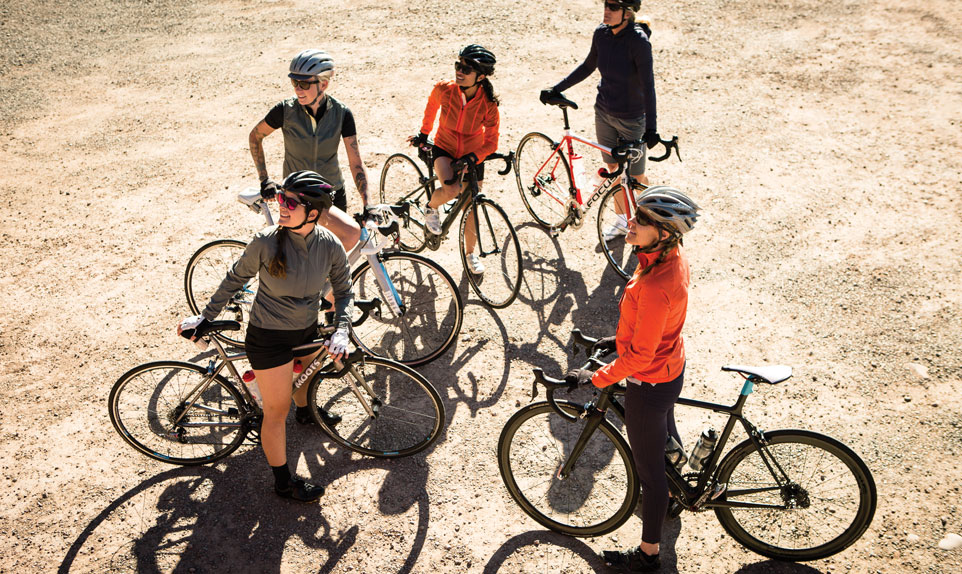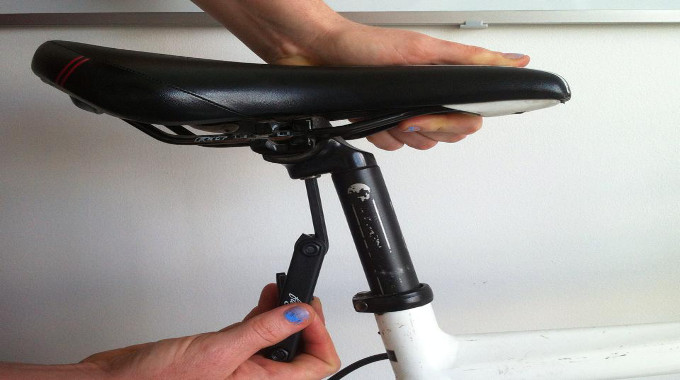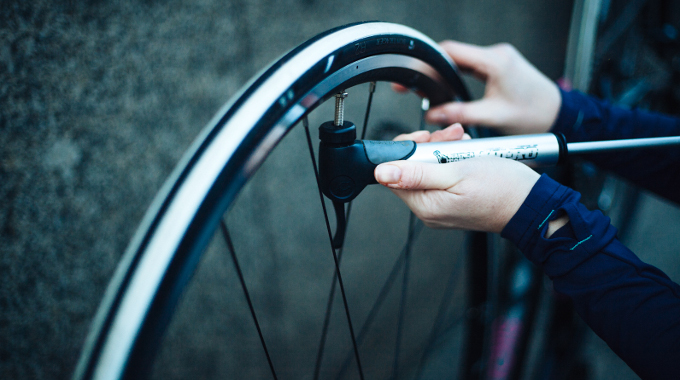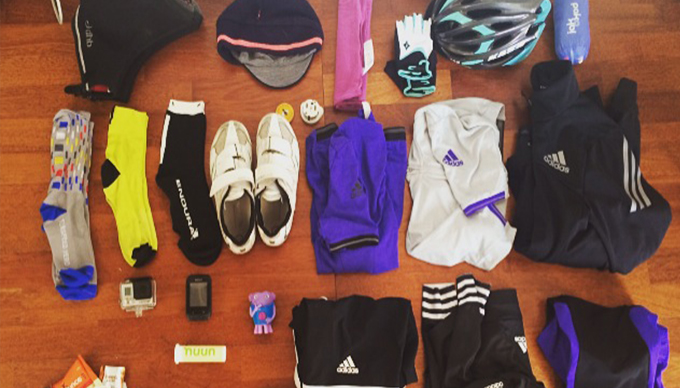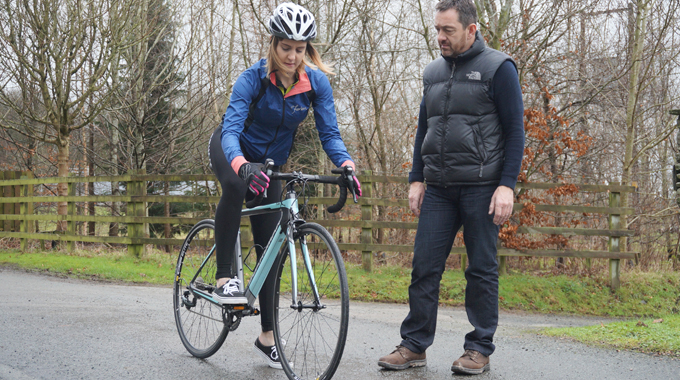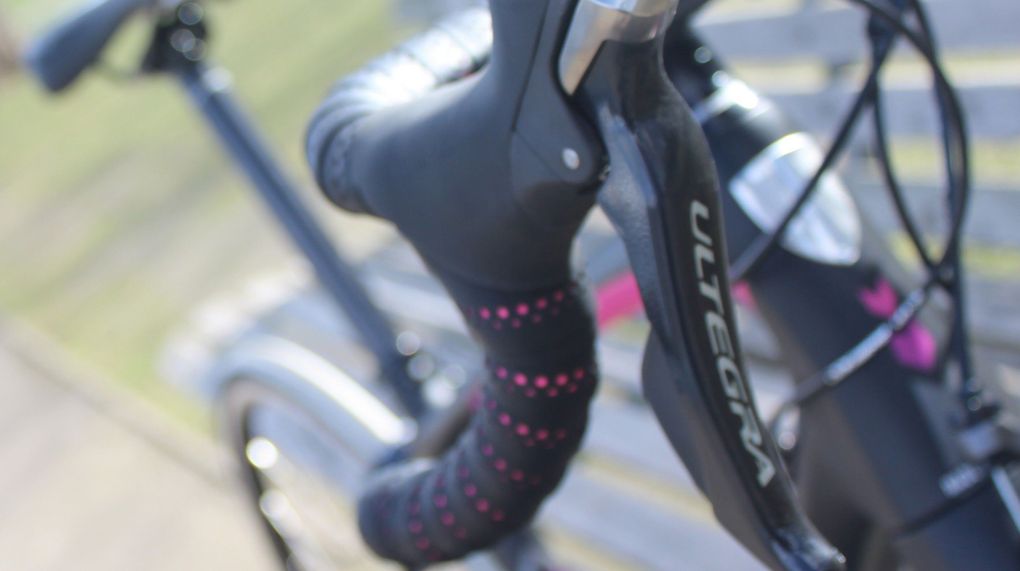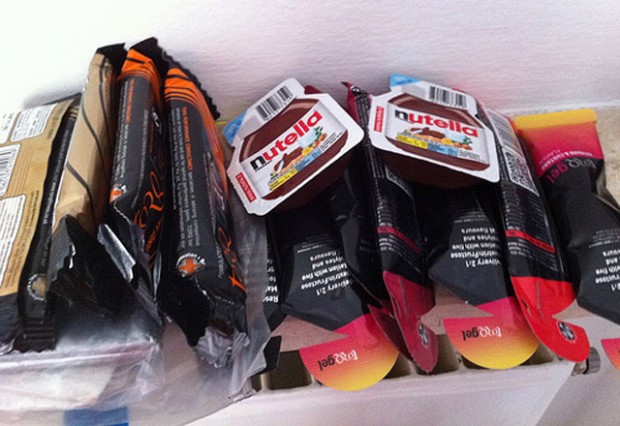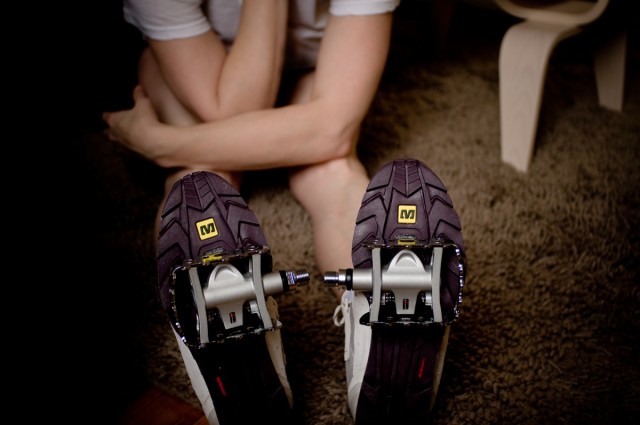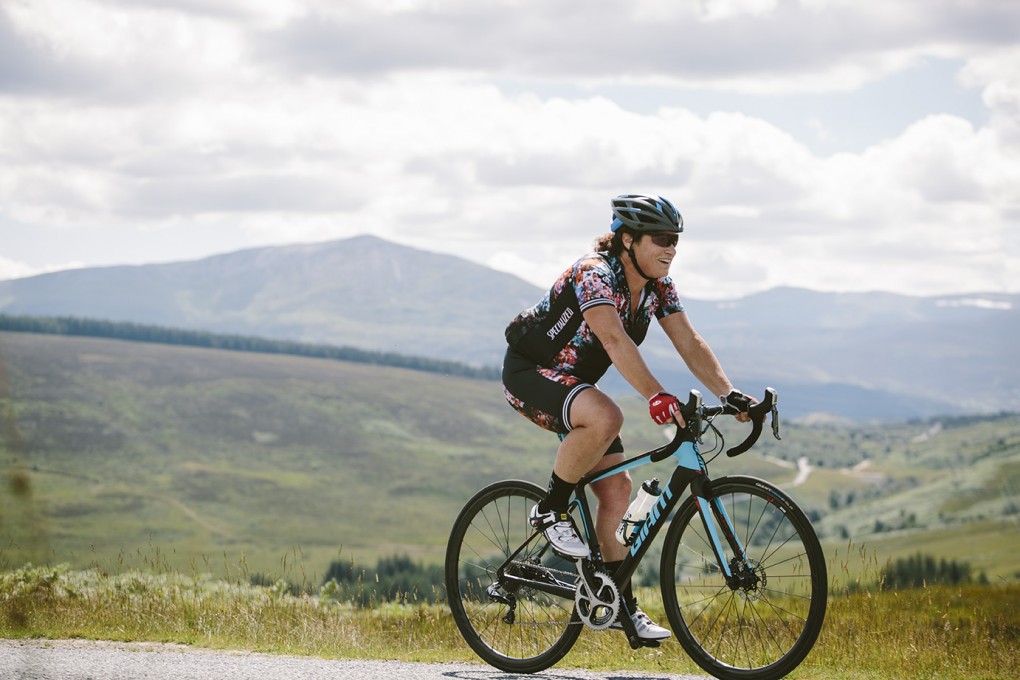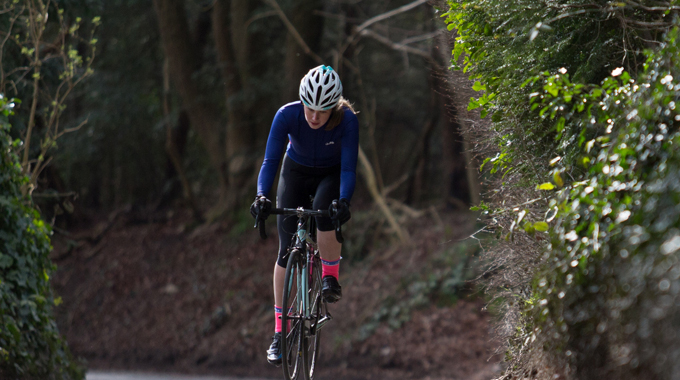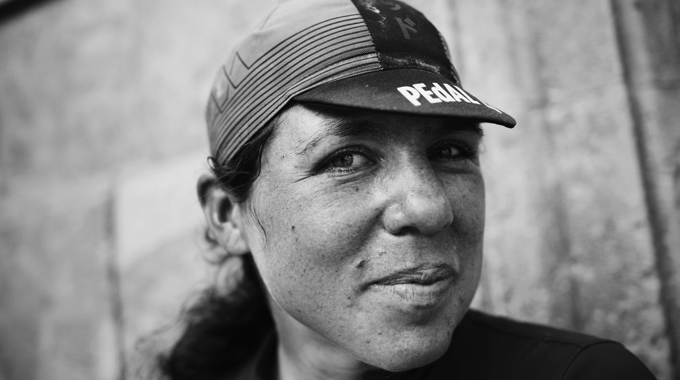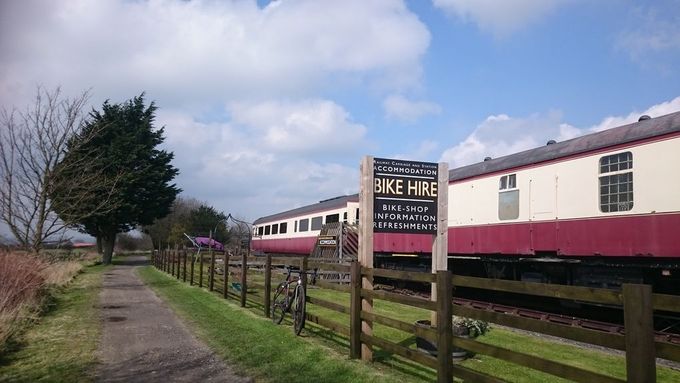Team TWC loves road cycling. Of course we would – we like all forms of cycling and we are biased – but with women all over the country dusting off their bikes every year we know we’re far from alone.
Getting into road cycling can be a very quick passage – one day you’re setting off on your first ride around the block with flat pedals and the next you’re attending a sportive and loving every minute.
Along that path there is admittedly rather a lot to learn. The good news is that none of it needs to be complicated , and we’re here to help. Without further ado, here’s a look at some of the key things you need to master as a beginner road cyclist, and our advice for every pedal stroke along the way…
Buying your first road bike

Step one – you probably need a bike. Walking in to a bike shop and being faced with a myriad of options can be intimidating, whilst discovering there’s nothing in your size if you’re on the smaller end of the scale can be downright frustrating.
We’ve got a detailed post here with all the information you need – but if you’re short on time, here’s the skinny:
- Decide what you want the bike for: if you want to be able to go on rough canal paths or even off road, look for bikes with wider tyres or even cyclocross/adventure road bikes, if you’ll be commuting you may need pannier mounts, if you’re planning to race you want something lightweight (often carbon) with a more aggressive position.
- Don’t only look at women’s bikes, they suit some people, but some can be just as happy on a unisex bike – keep an open mind until you’ve done some test rides.
- Decide how much you want to spend – often bikes come in ‘families’ – they share the same frame, but with different components at different price points. The more you spend, the better the quality of those components – often that means they will be more efficient or lighter.
- Once you’ve compiled a wish list, shop around (check out these 2016 bikes from £1,500 to get you started). Then find a local dealer who stocks the brands you like and ask them to order you one to test ride. If you’re between sizes, tell them this, and see if they can order both. Fit is so important and getting it right can be the difference between a lifelong love of cycling and a quick abandonment. Most local dealers will throw in a bike fit with the purchase, and this is something you should push for.
- Do look at second hand bikes – find a bike that’s been well loved and cared for and you can get a great deal. Just remember to follow these tips to ensure the owner is who they say they are.

